With the papal conclave—the sequestered selection of a new pope by the Catholic Church’s College of Cardinals—beginning today, it seemed timely to consider how this centuries-old tradition has maintained its incredibly high level of secrecy and security over the years.
After all, there may be a few lessons and insights we can glean from their process and apply them to your business and its privacy.



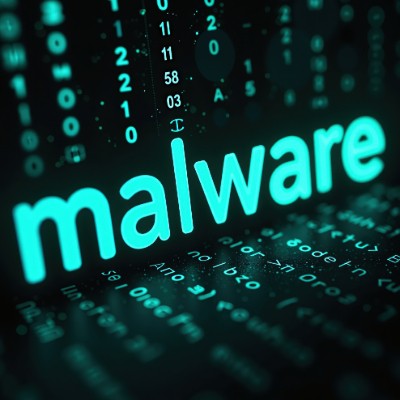
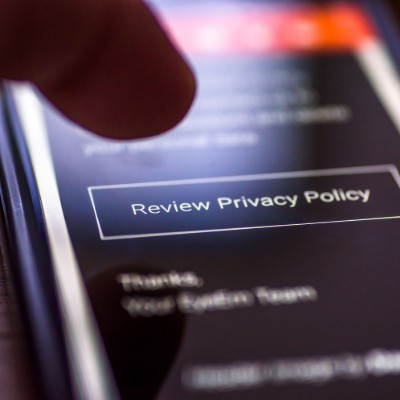
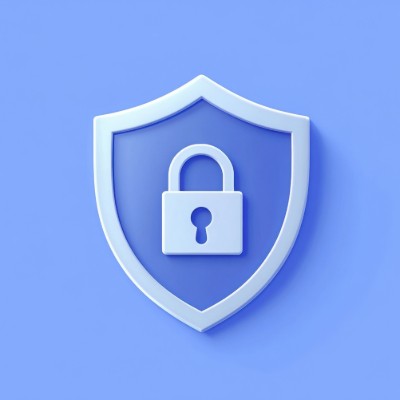
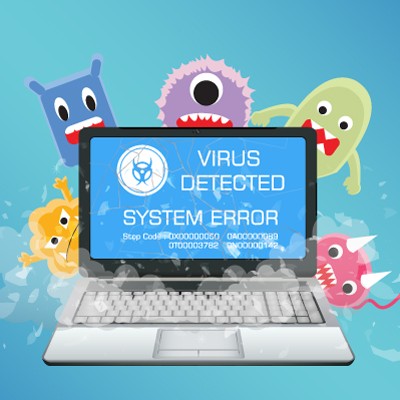



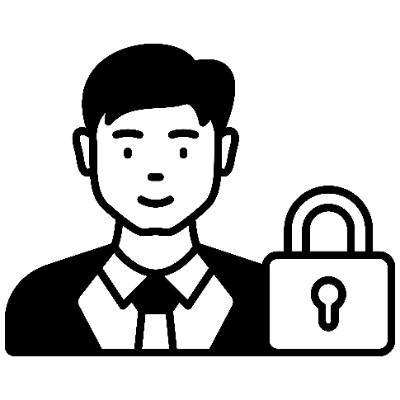


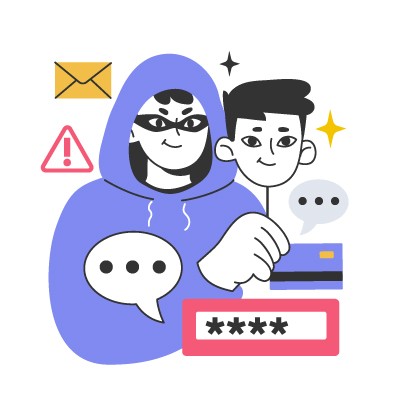
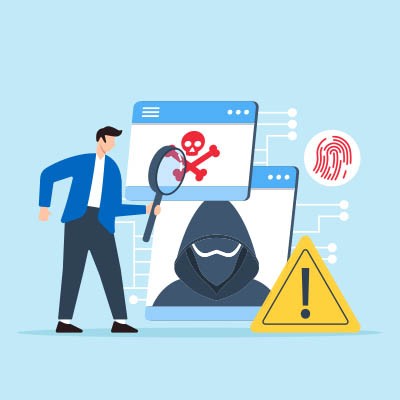

![How to Get Your Passwords in Order, and Keep It That Way [Part 5 of 5]](https://www.microtechs.io/images/easyblog_shared/January_2025/1-15-25/b2ap3_large_Protection_602670589_400x400.jpg)
![How to Get Your Passwords in Order, and Keep It That Way [Part 4 of 5]](https://www.microtechs.io/images/easyblog_shared/January_2025/1-13-25/b2ap3_large_ProtectPassword_612796604_400x400.jpg)
![How to Get Your Passwords in Order, and Keep It That Way [Part 3 of 5]](https://www.microtechs.io/images/easyblog_shared/January_2025/1-10-25/b2ap3_large_MFA_519254719_400.jpg)
![How to Get Your Passwords in Order, and Keep It That Way [Part 2 of 5]](https://www.microtechs.io/images/easyblog_shared/January_2025/1-08-25/b2ap3_large_PasswordManager_409150837_400x400.jpg)